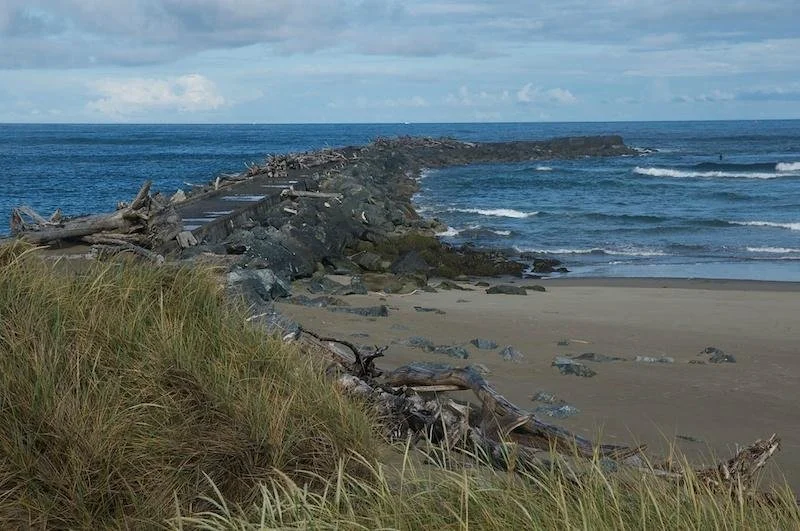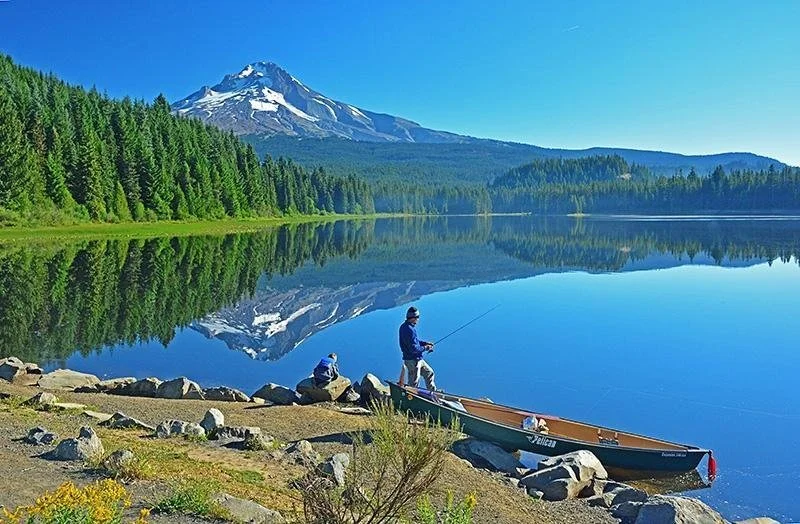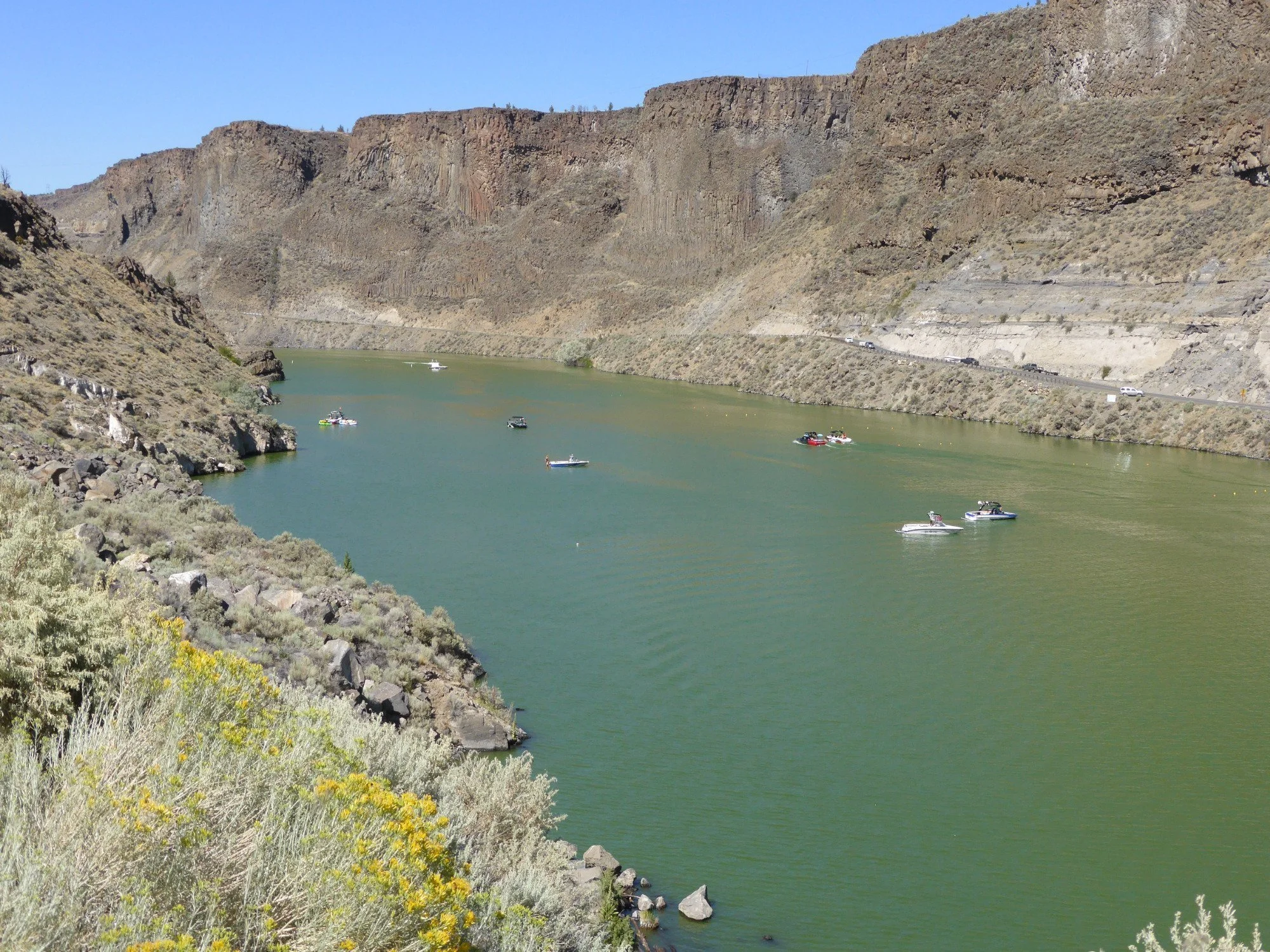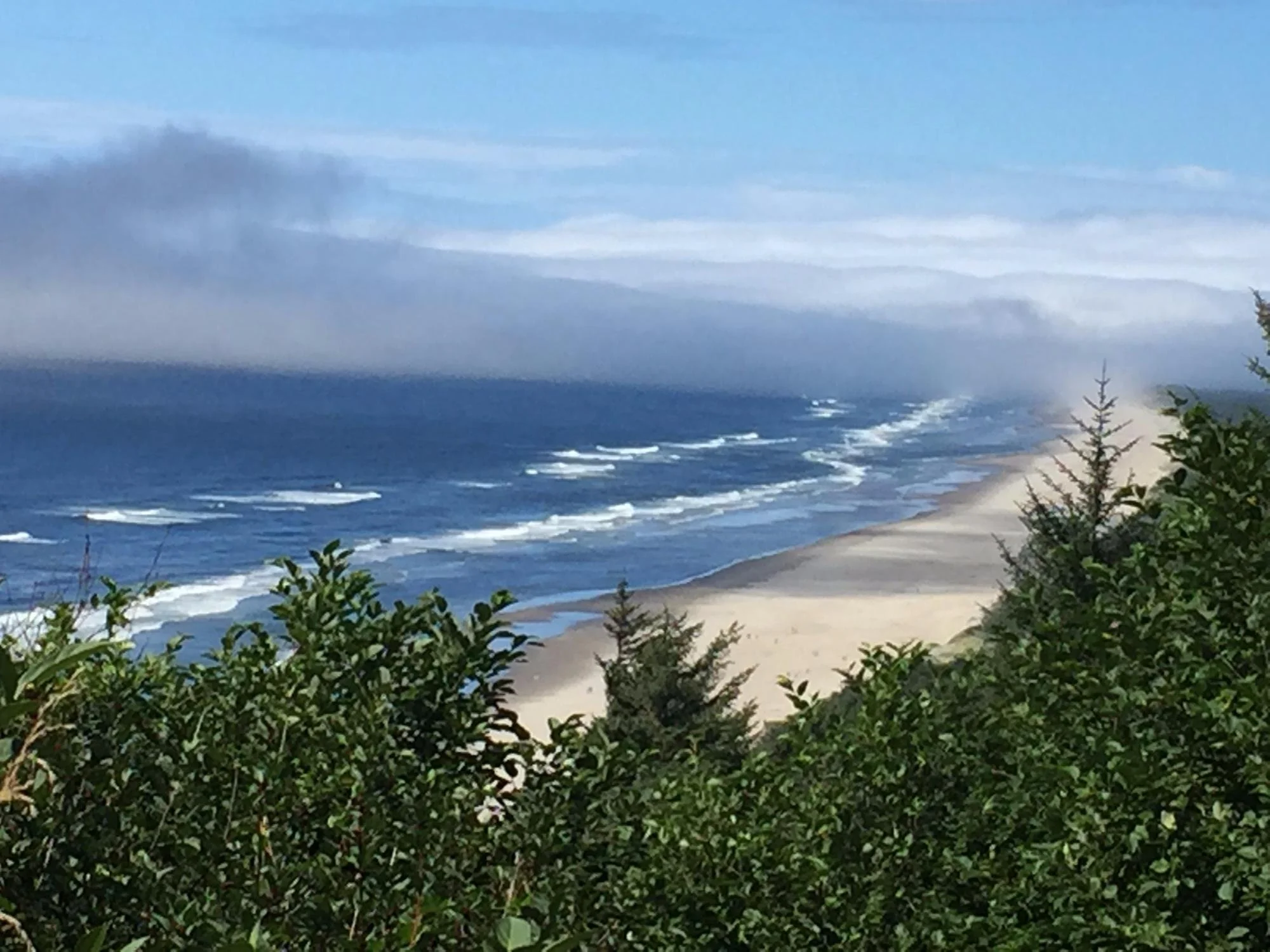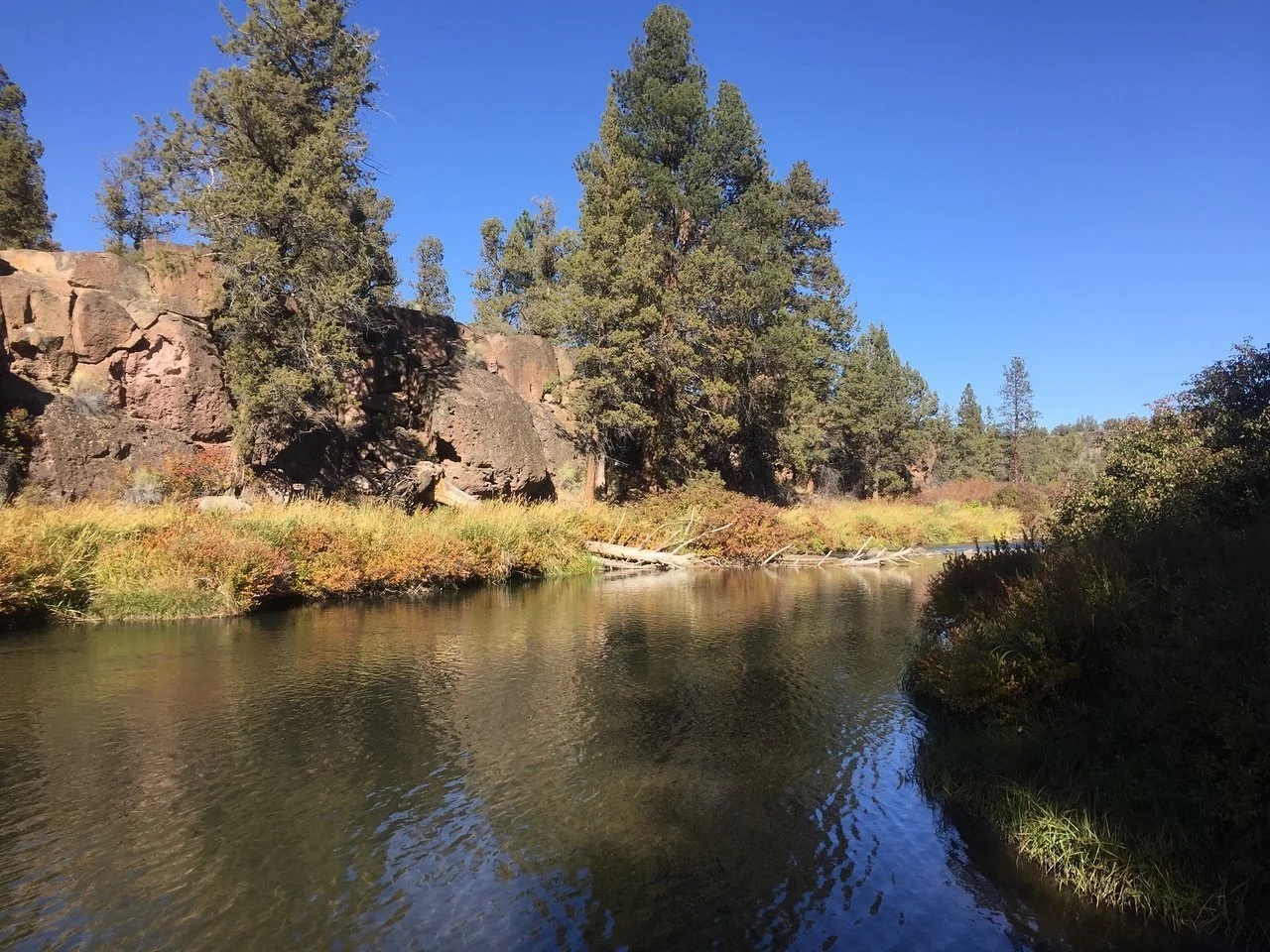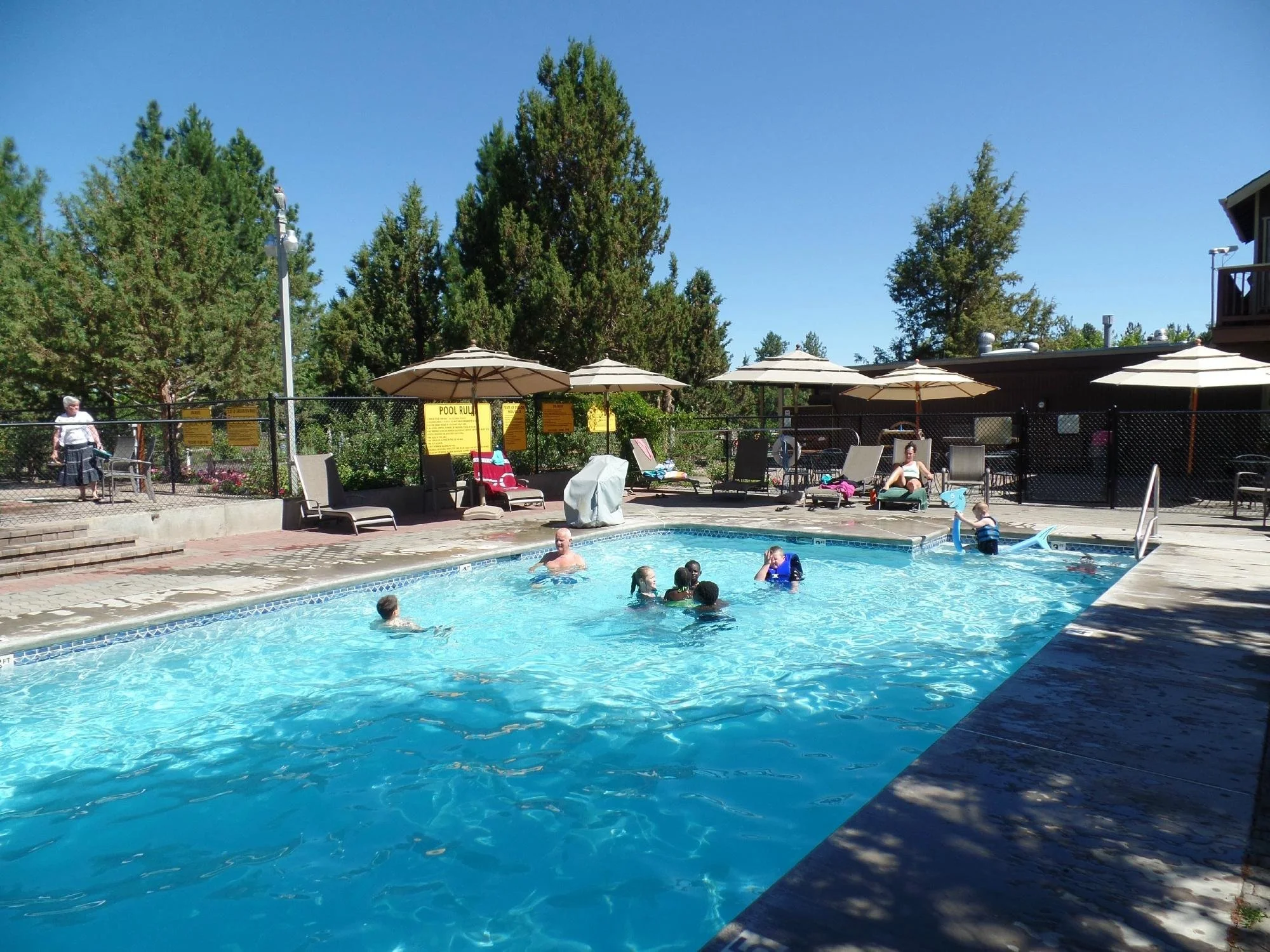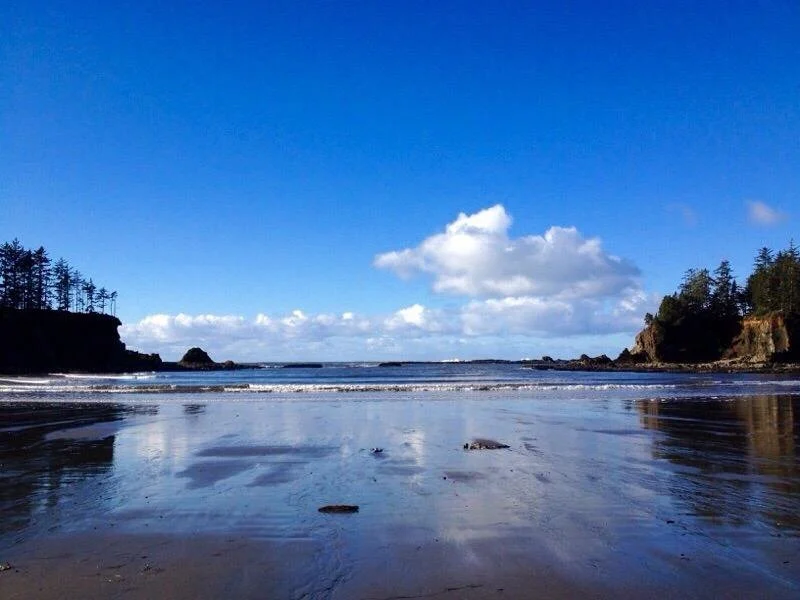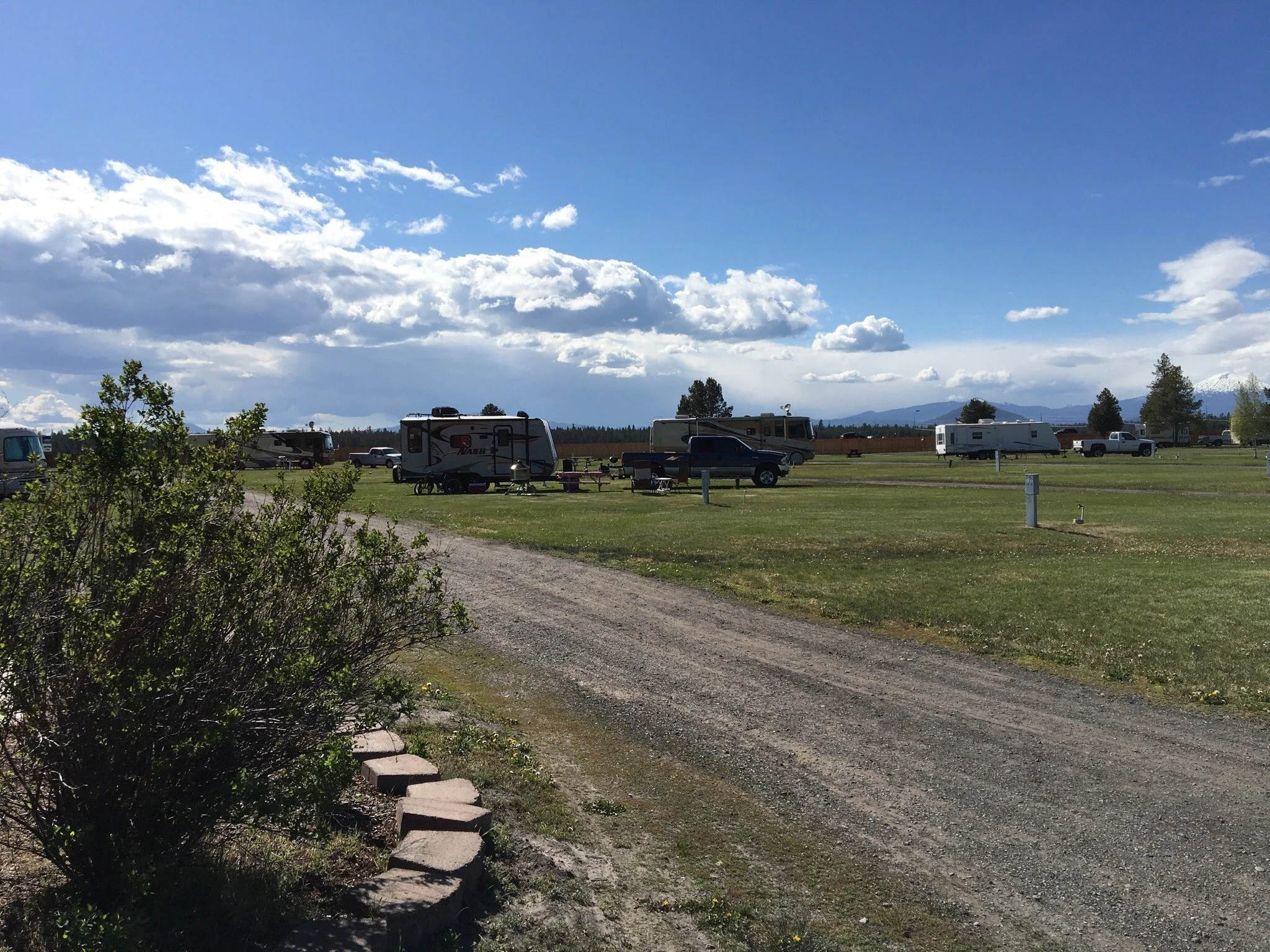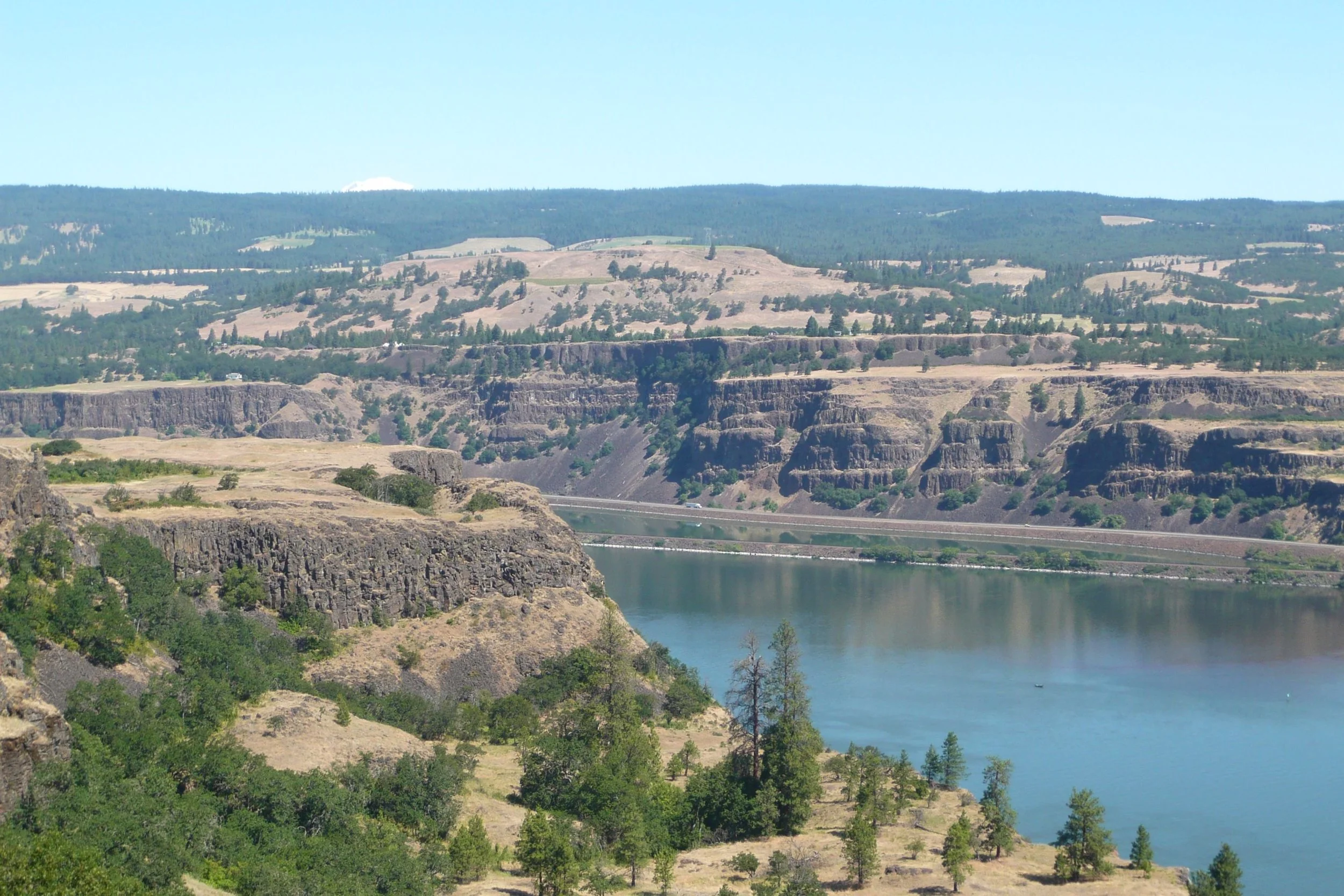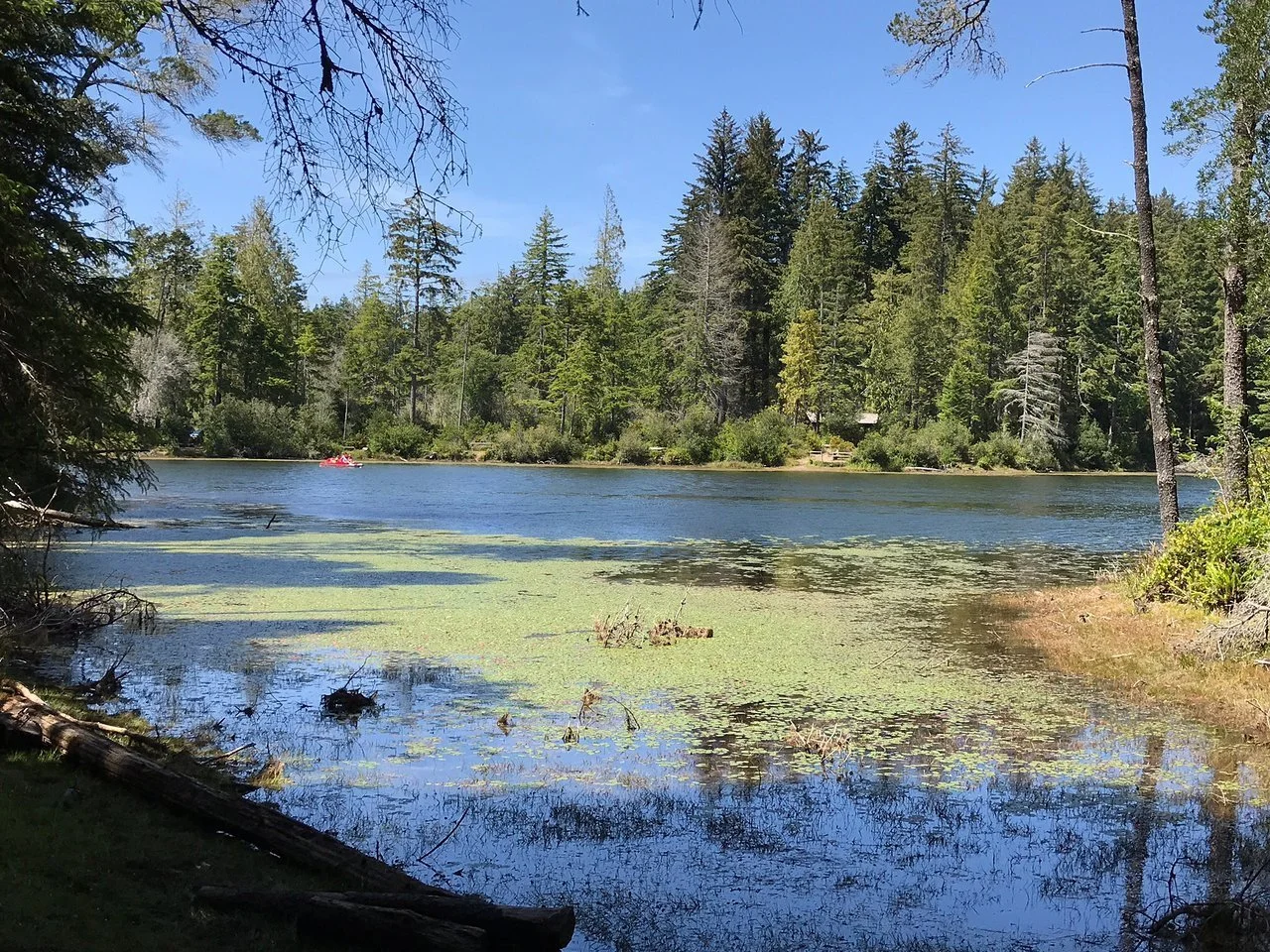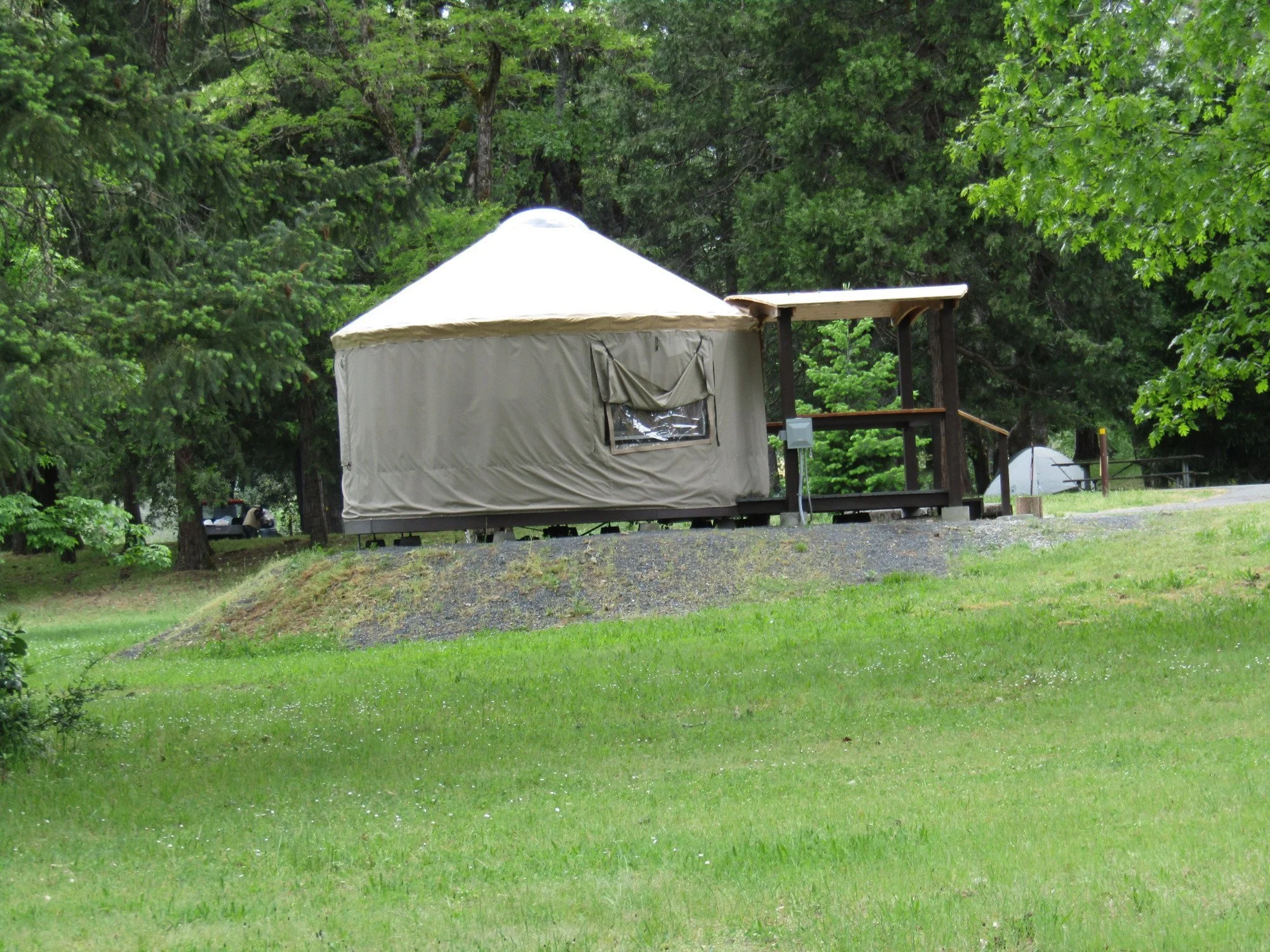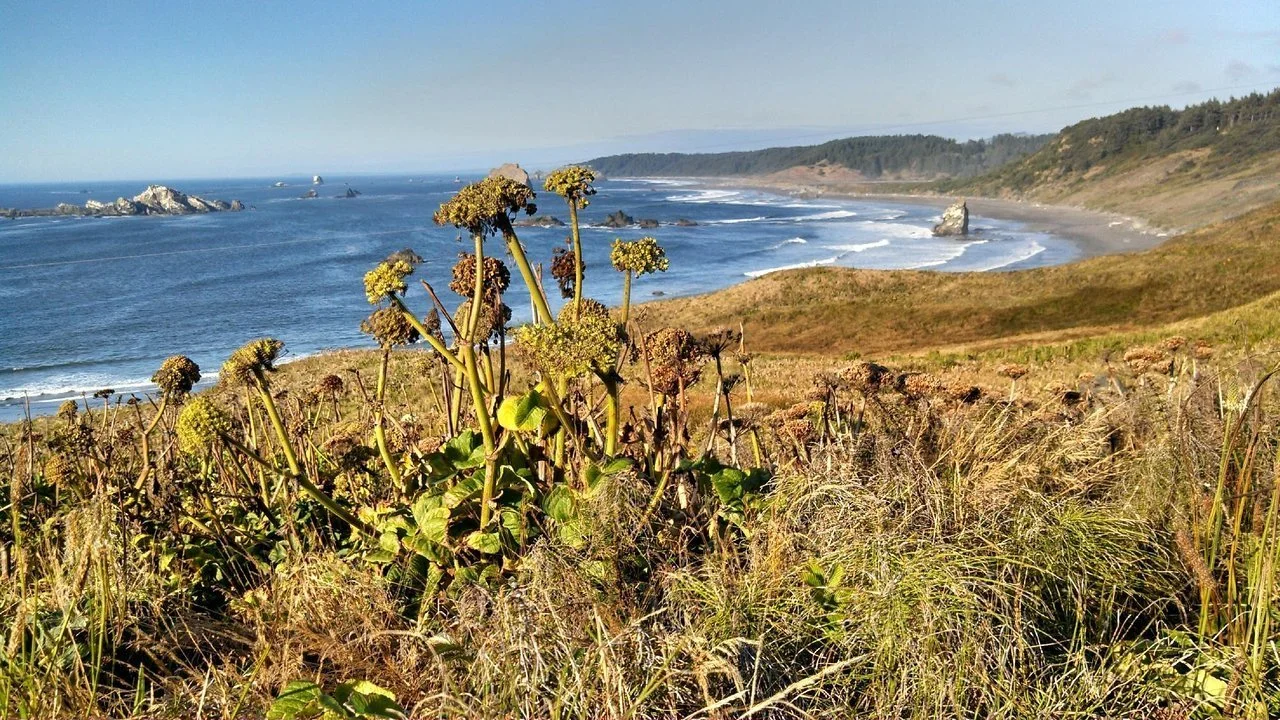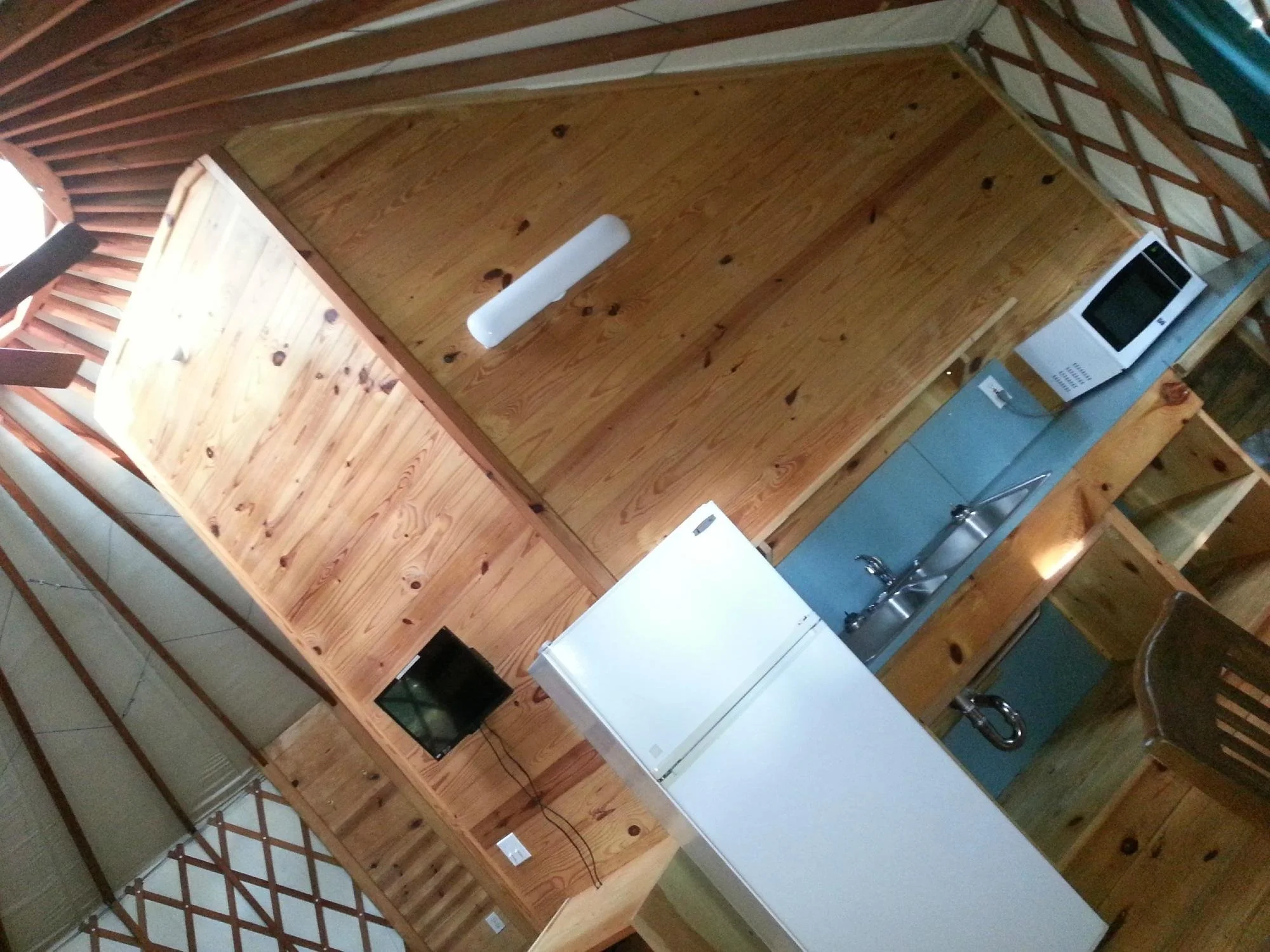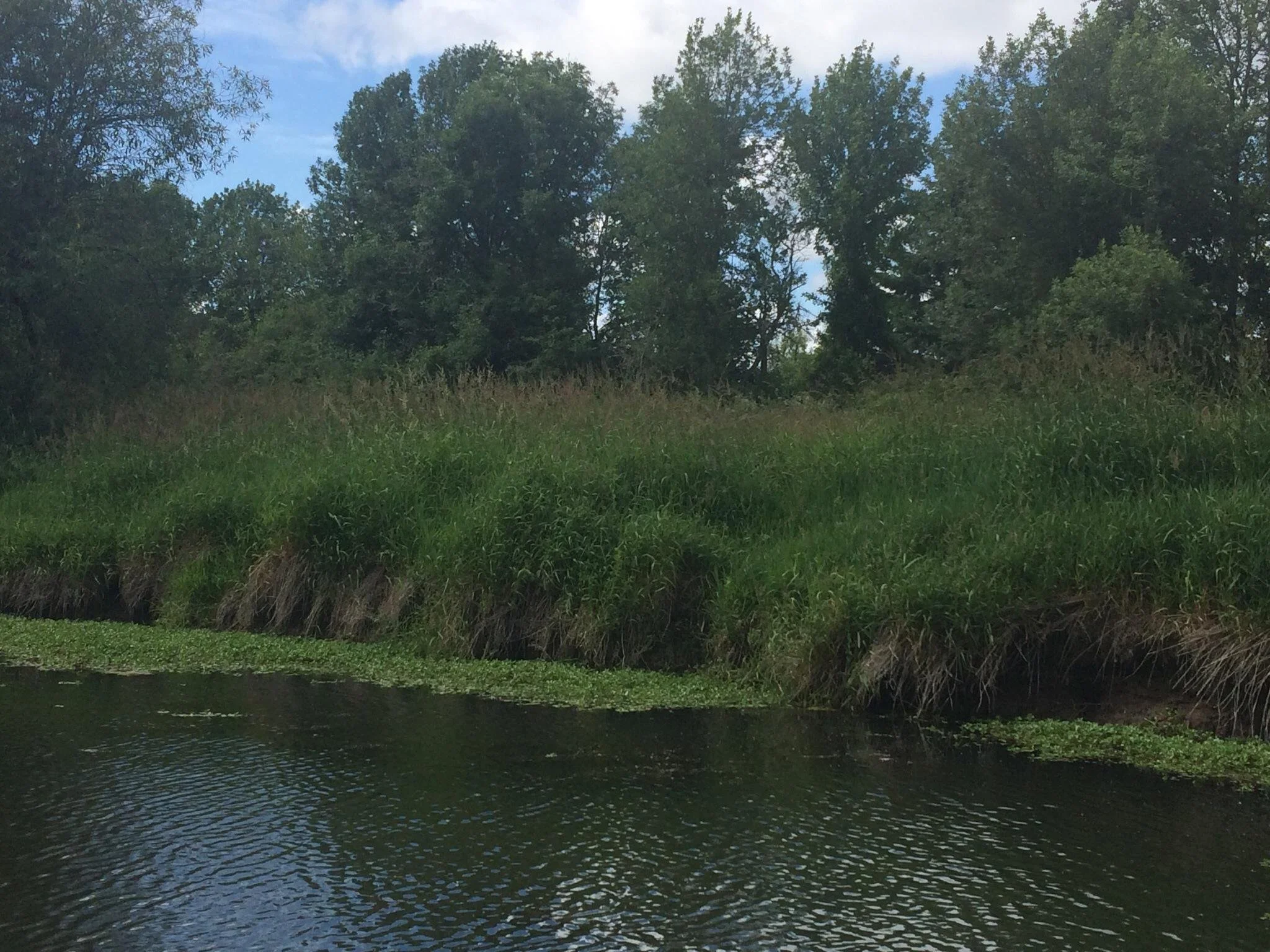Welcome to the diverse landscapes of Oregon, where natural wonders await at every turn. This magnificent state boasts an incredible array of environments, from glacier-adorned peaks and windswept high desert plateaus to pristine coastal shores and thundering waterways, all within convenient driving distance. While Portland enchants visitors with its renowned culinary excellence and vibrant entertainment, the true magic of Oregon lies in its untamed wilderness. Adventure seekers and outdoor enthusiasts will discover an endless playground spanning eleven national forests, countless state-managed recreational spaces, and an astounding 2.5 million acres of protected wilderness areas scattered throughout this Pacific Northwest paradise.
Camping In Oregon
Unveil Oregon's ancient rainforests, mist-shrouded waterfalls, and rugged coastlines - Embark on an unforgettable journey of natural splendor.
CampChimp is better in the app
Find Available Camping
The 5 best campgrounds in Oregon
-

Fort Stevens State Park
 Hammond, OR
Hammond, OR


Fort Stevens State Park offers a unique camping experience with its rich history and stunning natural beauty along the Oregon coast. The park features hiking trails beach access and a variety of campsites to choose from.
-

Crater Lake National Park
 Crater Lake National Park, OR
Crater Lake National Park, OR


Crater Lake National Park is a stunning natural wonder that offers a variety of camping options from rustic tent sites to RV-friendly campgrounds. Visitors can explore the breathtaking lake and surrounding hiking trails.
-

Wallowa Lake State Park
 Joseph, OR
Joseph, OR


Wallowa Lake State Park is a picturesque campground nestled in the Wallowa Mountains offering stunning views of the lake and surrounding peaks. It's a popular destination for fishing hiking and water sports.
-

Nehalem Bay State Park
 Nehalem, OR
Nehalem, OR


Nehalem Bay State Park is a coastal gem that offers a variety of camping options from beachfront sites to forested retreats. Visitors can enjoy hiking fishing and exploring the beautiful Oregon coast.
-

Silver Falls State Park
 Drake Crossing, OR
Drake Crossing, OR


Silver Falls State Park is a stunning natural area known for its beautiful waterfalls and lush forest. The park offers a variety of camping options from tent sites to cabins and is a popular destination for hiking and exploring.
The 5 hardest-to-book campgrounds in Oregon
The 5 best campgrounds for RV camping in Oregon
The 5 best campgrounds for tent camping in Oregon
Camping in Oregon guide
The Willamette Valley
The verdant expanse between Washington's southern border and the city of Springfield encompasses the majestic Willamette Valley, serving as the state's vital cultural and economic core. Despite housing Portland, Eugene, and Salem, the region's dominant features remain its expansive woodland areas and pastoral landscapes, offering abundant recreational opportunities through its network of state parks, extensive trail systems for hiking and cycling enthusiasts, natural thermal springs, and meandering waterways.
Mount Hood and the Columbia River Gorge
Situated on the Washington border just east of Portland lies the magnificent Columbia River Gorge, providing convenient access to countless hiking paths, cascading waterfalls, and premium winter sports terrain. The neighboring Mt Hood territory showcases equally spectacular scenery, drawing winter sports enthusiasts during snowy months and transforming into a haven for hikers, swimmers, and campers throughout the summer season.
The Oregon Coast
The Oregon Coast captivates visitors throughout all seasons, drawing whale enthusiasts during winter months and outdoor recreation seekers during warmer periods. Along the Oregon Coast, adventurers can explore hiking trails, investigate tidal pools, gather shellfish, trap crustaceans, navigate off-road vehicles across expansive dunes, and savor the legendary dairy products in Tillamook. While dedicated water sports enthusiasts brave the chilly Pacific in wetsuits, most find the ocean temperatures too brisk for comfortable swimming. Premier camping destinations include Harris Beach State Park, Sunset Bay State Park, and Cape Lookout State Park, each offering traditional tent sites, cozy yurt accommodations, and fully-equipped RV facilities.
Eastern and Central Oregon
From the Cascades' southern extent beyond the Columbia Gorge to the Idaho state line, central and eastern regions present a more arid, sun-drenched alternative to the state's wet western portions, featuring an intriguing blend of verdant forests and dramatic desert terrain. Notable destinations include Deschutes National Forest, a prime location for wilderness camping and backcountry exploration, while those seeking more developed facilities can explore numerous state parks along the Deschutes River near Bend.
Southern Oregon
The state's southernmost territory presents diverse landscapes, combining serene lakes, dense forests, and winding rivers with gentle rolling countryside and acclaimed vineyards. The crown jewel of this region is Crater Lake National Park, Oregon's singular national park, nestled within the southeastern reaches of Umpqua National Forest.


